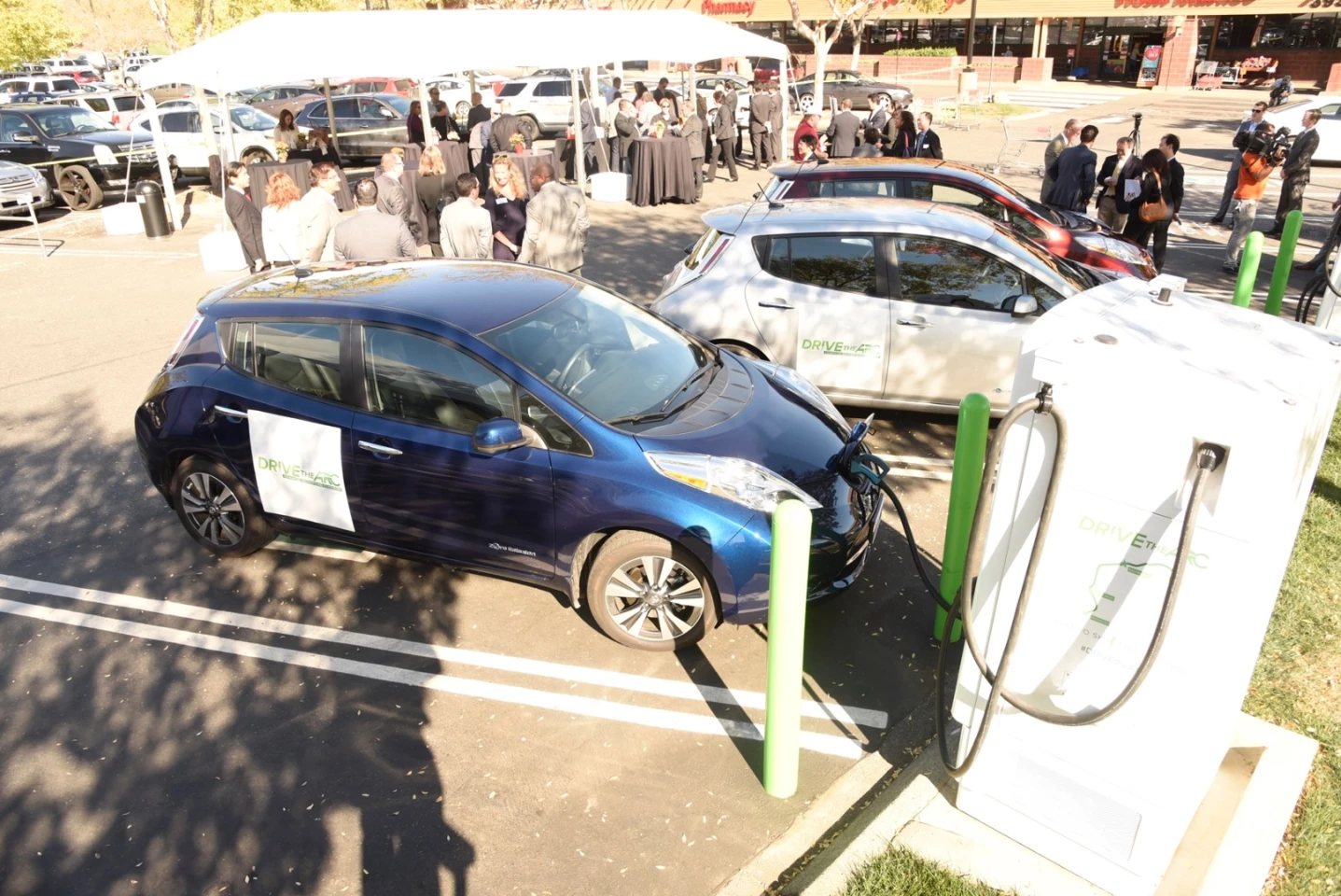The roll-out of electric vehicle fast charging facilities in the US is gathering pace. Earlier this month, the White House revealed details of 48 charging corridors that will run along 55 interstate highways, while work has also now started on the DriveTheArc corridor in Northern California.
Once completed, the DriveTheArc corridor will run from from Monterey at its southern end to Lake Tahoe and Reno at its northern end. There will be 50 fast chargers installed along the route at more than 20 locations, compatible with CHAdeMO and Combo electric vehicles (EV).
The scheme is aimed at making it easier for EVs to travel long distances on what is described as "one of California's most important travel arteries." An accompanying smartphone app for Android and iOS will provide users with information about charging points on the corridor and feed anonymous data into research about the use and driving patterns of EVs.
Among its features, the app will allow users to find charging points stations on the way to their destination, direct users to charging points, minimize waiting times by providing charger vacancy info and authorize payments for charging. Users will also be able to view stats about their EV driving.

Partner organizations include the State of California, Japan's New Energy and Industrial Technology Development Organization (NEDO), Nissan Motor Co., Nissan North America, Kanematsu and EVgo. It is being funded by NEDO purportedly to improve energy conservation and promote new energy technologies, as well as to strengthen US-Japanese ties.
EVgo is the local partner managing the installation of the infrastructure, while Kanematsu has been collaborating with Nissan and EVgo to develop the DriveTheArc mobile app.
Ground was broken on the DriveTheArc corridor yesterday at a ribbon-cutting ceremony in California's El Dorado Hills. The corridor is expected to be completed by March next year, with the data collection and analysis project element due for completion in 2020.
Source: DriveTheArc










